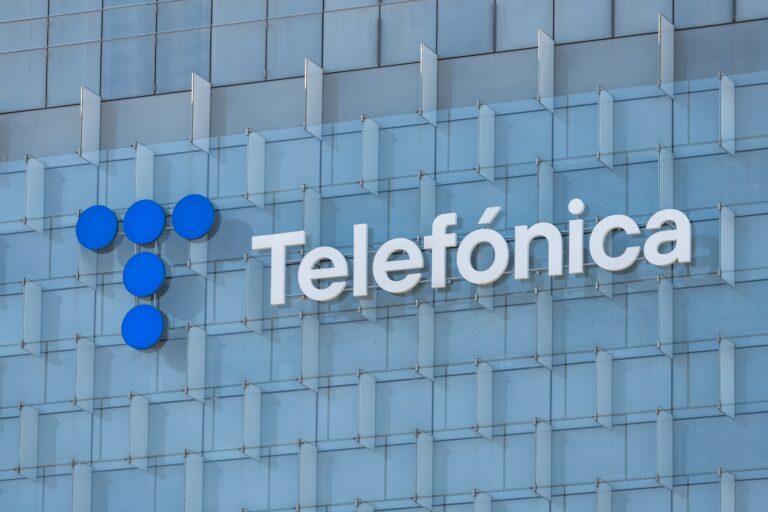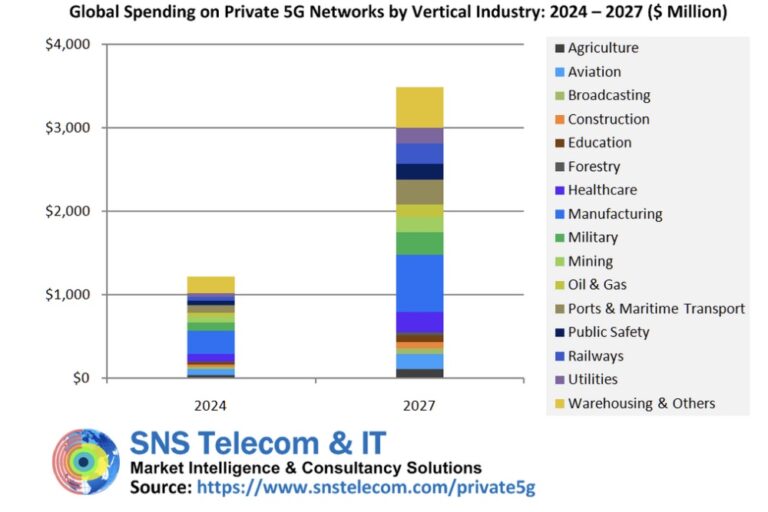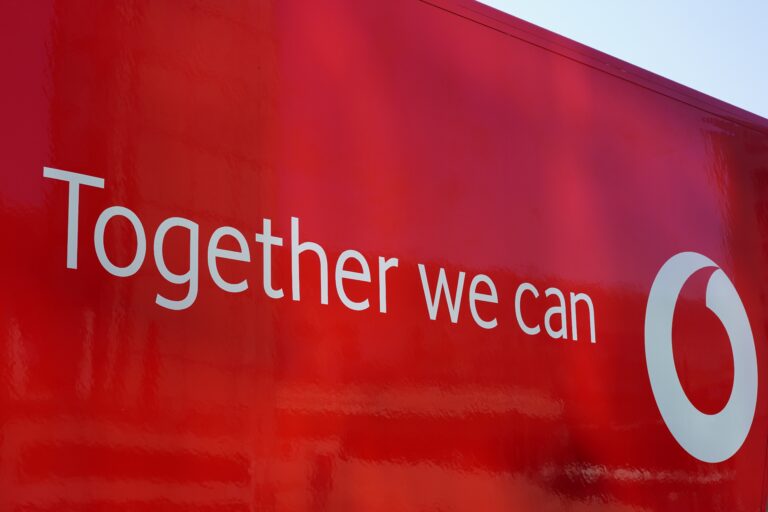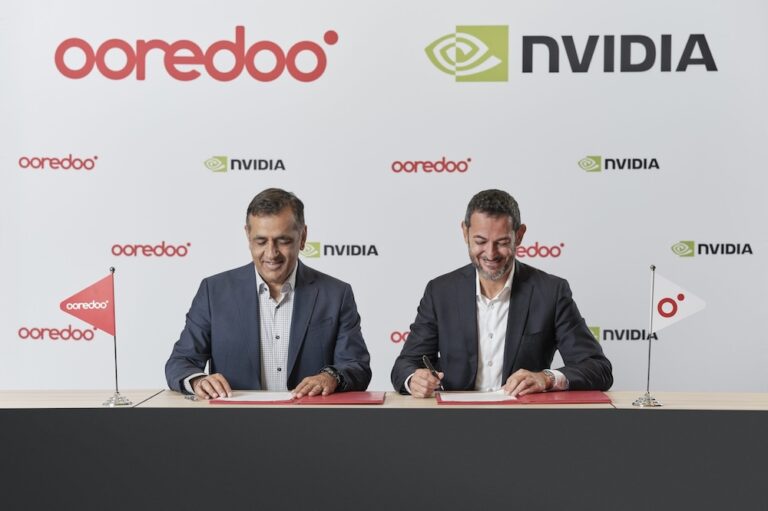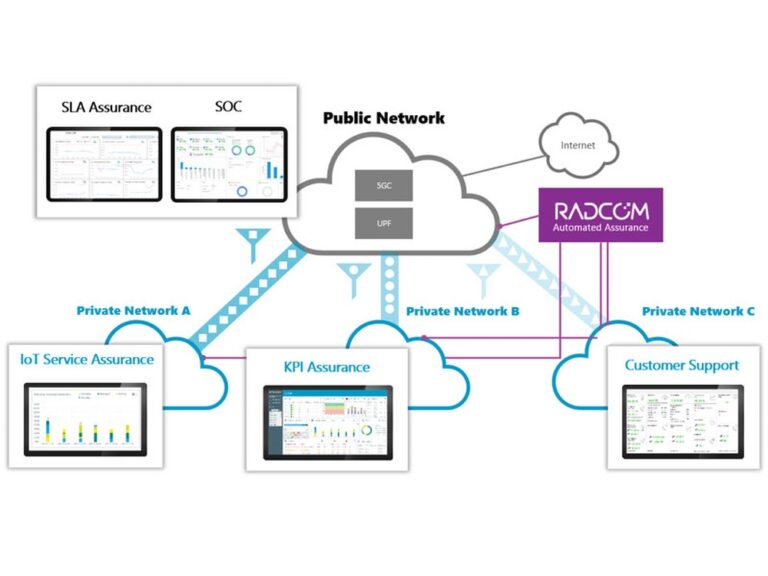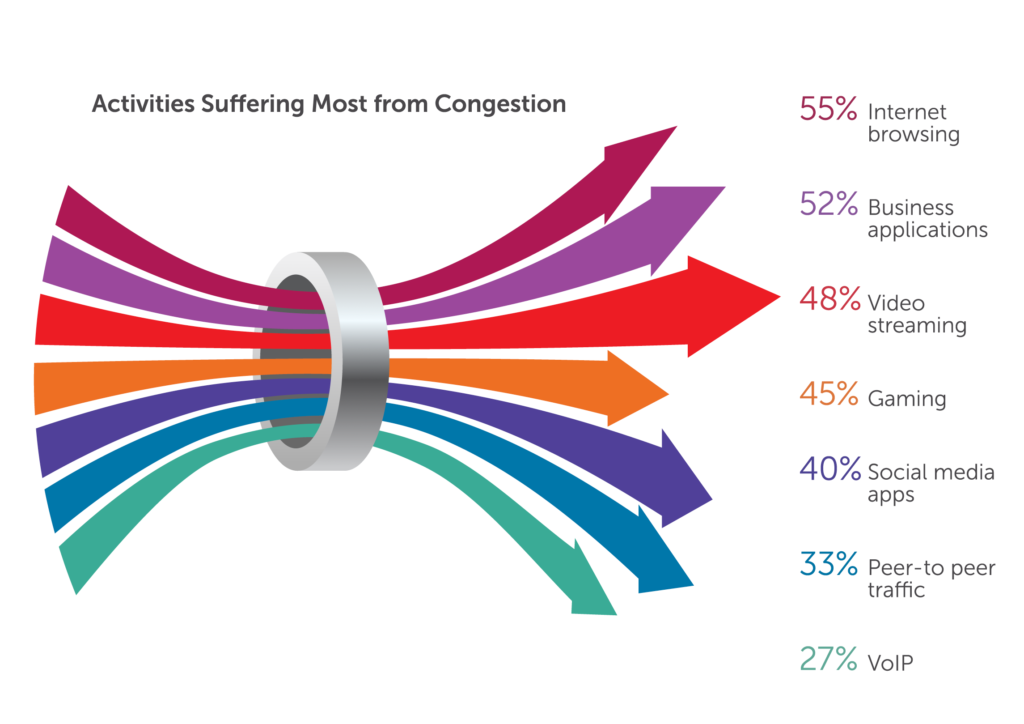Unsurprisingly, it is not in favour of some proposals, fearing they favour large operator groups that were formerly state monopolies
The European Competitive Telecommunications Association (ecta) has responded to the European Commission’s white paper How to Master Europe’s Digital Infrastructure Needs?.
The white paper was published in February, opening a consultation with Member States, civil society, industry and academics, inviting them to contribute to the Commission’s proposals and give their views on the scenarios outlined in the paper.
The paper’s proposals confirm that the telcos’ messages, finally, have been received and understood. The European Commission’s default mode has been to oppose consolidation on the grounds that more competition keeps prices down for consumers and increases their choices.
This is despite being criticised for a lack of evidence that this is always or necessarily the case. For example, by the European General Court of the European Court of Justice in 2020, although its findings were overturned in 2023 and by evidence cited in Strand Consult’s global study on the effects of moving from four to three mobile operators within markets.
More receptive?
At the white paper’s release, Commission’s Executive Vice President, Margrethe Vestager, said, “We have 27 national markets with different network architecture, levels of coverage … and, to some degree, regulation. Fragmentation is a missed economic opportunity.”
She is clearly still opposed to creating new monopolies or permitting mergers of huge operator groups, pointing out that, “four big telcos hold more than 60 percent of the mobile market. So it’s not that that Europe is not concentrated.”
Still, the paper poses the question of whether “industrial policy measures further facilitating the cross-border provision of electronic communications networks or different forms of cooperation upstream could allow operators to acquire sufficient scale, without compromising downstream competition.”
In the same week that the white paper was published, Orange Spain was given permission to merge with MásMóvil, although it did apply some remedies, boosting Romania’s Digi to become a stronger fourth player in the Spanish market. ETNO welcome the decision and said further in-country consolidations were essential if the EU was serious about creating a true single market.
Supporting the altnets
Not surprisingly, ecta has a different point of view in its formal response to the proposals. It represents alternative operators who have a “created a free market” for what it insists on calling electronic communications, relying on the pro-competitive EU legal framework that has “helped overcome national monopolies to give EU citizens, businesses and public administrations quality and choice at affordable prices”.
Its response notes that for the past three decades, the European Union’s (EU) electronic communications regulation has “delivered a unique European success story”. It highlights the promotion of competitive markets and effective ex-ante regulatory measures as drivers of investments, innovation and consumer benefits in telecoms.
Lack of scale, poor performance
This is out of step with many other opinions, such as those of the European Telecommunication Network Operators (ETNO) where the Tier 1s hang out. In its annual report published in January, ETNO stated that although Europe’s total telecoms investment reached €59.1 billion in 2022, European operators still lag peers like the US in terms of spending per capita, performance and revenues.
Ecta’s response to the white paper also recognises telecoms as “the linchpin of social and economic dynamics in the 21st century” and thinks Europe is well on track to meet the European Commission’s 2030 Digital Decade Objectives. However, it says the purpose of the white paper is to clear obstacles that could hinder those objectives, enshrined in the EU’s legal framework, which is coming up for review.
Damaging the status quo
In ecta’s view some proposals outlined in the white paper “will structurally and irreversibly impact the future of the European Single Market, of which the telecommunications sector is a fundamental and strategic component to guarantee EU’s global competitiveness”.
Specifically, it wishes to rebut assumptions on the alleged poor state of the European electronic communications markets. ecta warned on the adverse consequences at an informal meeting of the Telecoms Council in April again objects to the perceived need for a change in the white paper regarding access policy. This policy is based on two scenarios that “amount to dismantling the EU wholesale access regulatory framework,” according to ecta.
It says, “The assumptions which inform some proposed scenarios result in policy proposals based on a misdiagnosis of the issues” and the white paper lacks any reference to or analysis of the needs and trends in the B2B market. Consequently, the EC’s assessment is incomplete and may well not benefit the entire telecoms market.
This, in turn, is likely to damage the continent’s competitiveness as European business customers’ needs will not be met.
ecta appreciates that the EU’s regulatory framework must adapt to the evolving market in terms of technologies, use cases and business models but says changes must be based on incontrovertible, empirical evidence.
Luc Hindryckx, Director General of ecta (pictured), commented, “By pushing a potential review of the Relevant Markets Recommendation, a more far-reaching review of the EECC [the European Electronic Communications Code], and a potential ‘Digital Networks Act’ proposal, the White Paper seems to support and strengthen specific former monopolist companies.
“This approach would have harmful effects on competition, the EU internal market and consumers’ interest.It would undermine the principles enshrined in the EECC. Further market concentration would likely undermine the deployment of very high-capacity infrastructure and the availability of affordable offers for European consumers, businesses and public administrations. Ultimately, this will be detrimental to Europe’s Global Competitiveness.”
Other matters
Other scenarios in the white paper receive a more favourable response, with ecto saying that they could help address issues that hamper operators’ investments in very high capacity networks (VHCN) and their uptake by European citizens, businesses and public administrations. ecta makes detailed proposals.
These include:
• Measures aimed at “a more harmonized management of the spectrum to unleash the full potential of 5G deployment and further build on the internal market for telecoms”. These measures should aim to create a balanced, competitive structure in the mobile market, for instance, by addressing late entrants’ lack of spectrum including in the low band for indoor rural areas’ coverage.
• Proposals to improve the adoption of VHCNs by consumers and businesses to improve the financial performance of operators.
• Solutions to improve EU’s global competitiveness through timely adoption of new technologies such as cloud and edge, both upstream and downstream of telecoms markets, accompanied by increased sovereignty of the European providers,
• Additional recommendations to the paper’s sustainability proposals, which ecta supports.
Download ecta’s press release here.
Download ecta’s full contribution here.
Download ecta’s manifesto here.



